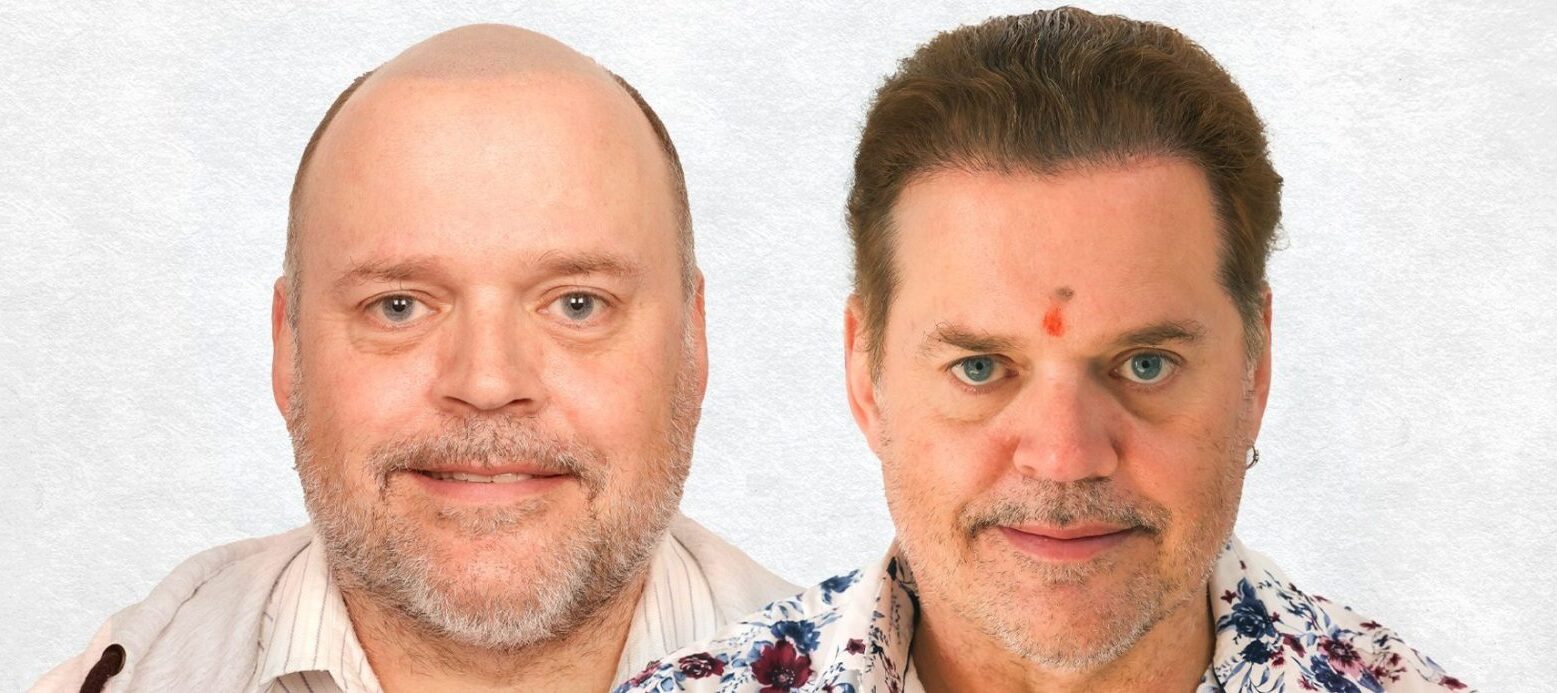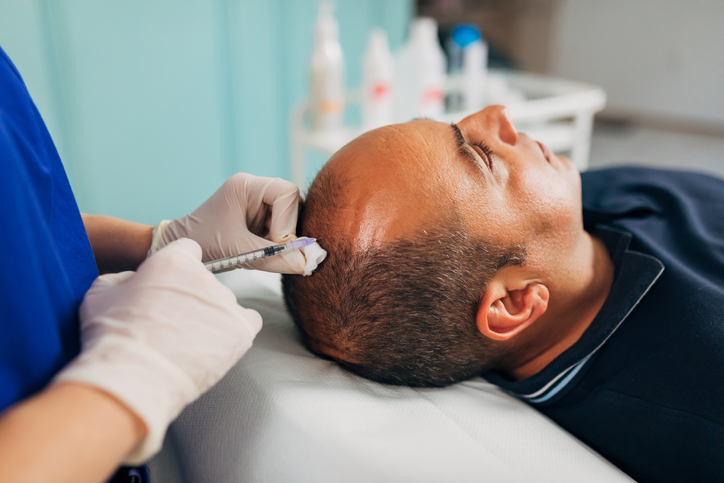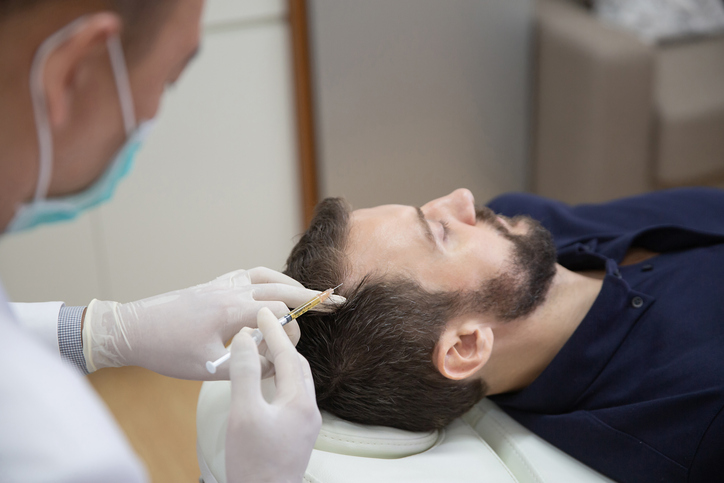Hair transplant procedures, particularly Follicular Unit Extraction (FUE), have gained popularity as an effective solution for restoring natural hair. If you’re considering an FUE hair transplant, it’s important to understand the success rate and what you can expect in terms of results. In this article, we will delve into the factors that influence FUE hair transplant success, the expected outcomes, and tips for achieving optimal results.
Factors Influencing FUE Hair Transplant Success:
- Surgeon’s Skill and Experience: One of the most critical factors in FUE hair transplant success is the skill and experience of the surgeon. A qualified and experienced surgeon with a track record of successful procedures can significantly increase the chances of achieving satisfactory results. When selecting a surgeon, it is crucial to research their credentials, view before and after photos of previous patients, and read patient testimonials.
- Donor Hair Quality and Availability: The success of an FUE hair transplant also depends on the quality and availability of donor hair. Donor hair is typically extracted from the back or sides of the scalp, where hair follicles are genetically resistant to hair loss. The density, thickness, and overall health of the donor hair play a role in achieving natural-looking results. During the initial consultation, the surgeon will assess the quality and availability of donor hair to determine the feasibility of the procedure.
- Post-Transplant Care and Follow-Up: Proper post-transplant care and follow-up are crucial for maximizing the success of an FUE hair transplant. Following the surgeon’s instructions for washing, protecting, and maintaining the transplanted area is essential. Regular follow-up appointments allow the surgeon to monitor progress, address any concerns, and make any necessary adjustments to ensure optimal results.
Expected Results of an FUE Hair Transplant:
- Natural-Looking Hairline: One of the primary goals of an FUE hair transplant is to create a natural-looking hairline. The surgeon carefully designs the hairline to match your facial features, age, and hair growth pattern. With meticulous planning and precise implantation of hair follicles, the transplanted hairline should blend seamlessly with your existing hair, providing a natural and aesthetically pleasing result.
- Improved Hair Density: FUE hair transplant procedures can significantly improve hair density in areas affected by hair loss. By carefully selecting and implanting individual hair follicles, the surgeon can create a denser and more uniform distribution of hair. As the transplanted hair follicles grow and mature, the overall density and coverage of the treated area will improve, providing a fuller appearance.
- Long-Term Hair Growth: The success of an FUE hair transplant is not just about the immediate results but also the long-term hair growth. Transplanted hair follicles are genetically resistant to hair loss and will continue to grow naturally in their new location. However, it is important to note that the growth timeline varies for each individual. Initially, the transplanted hair may shed within a few weeks, but new hair growth should begin within a few months. Full results may take up to a year to become fully apparent.
Tips for Achieving Optimal Results:
- Choose a Qualified Surgeon: Selecting a qualified and experienced surgeon is crucial for achieving optimal FUE hair transplant results. Take the time to research and consult with multiple surgeons to ensure you find one with a proven track record and expertise in the field. Ask for before and after photos of previous patients to assess the quality of their work.
- Follow Pre and Post-Operative Instructions: To maximize the success of your FUE hair transplant, it is important to follow the pre and post-operative instructions provided by your surgeon. These instructions may include guidelines for medication usage, avoiding certain activities, and caring for the transplanted area. Adhering to these instructions will promote proper healing and increase the chances of successful results.
- Be Realistic with Expectations: While an FUE hair transplant can provide significant improvements in hair density and appearance, it is important to have realistic expectations. Understand that hair transplant results take time to fully manifest, and the final outcome may not be apparent for several months. Patience and realistic expectations are key to a positive hair transplant experience.
The success of an FUE hair transplant depends on various factors, including the surgeon’s skill and experience, the quality of donor hair, and post-transplant care. By selecting a qualified surgeon, following pre and post-operative instructions, and having realistic expectations, you can increase the chances of achieving optimal results. Remember, an FUE hair transplant can provide a long-term solution to hair loss, restoring your confidence and improving your quality of life.




